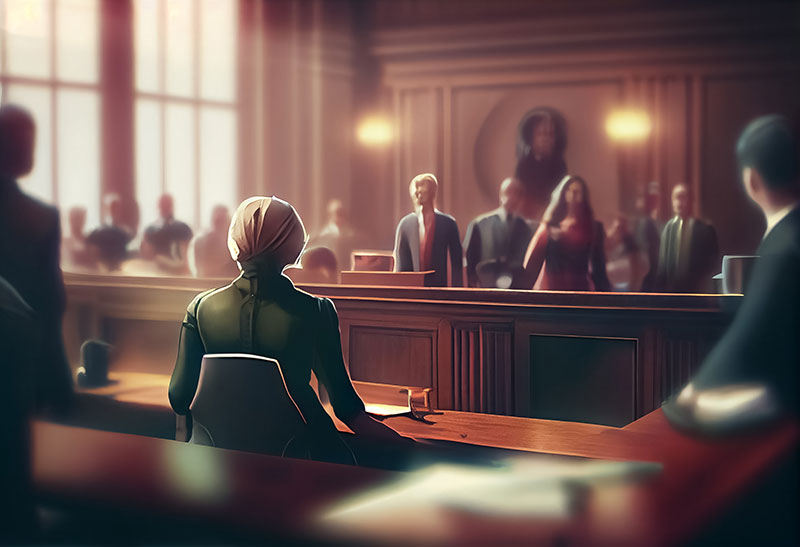The Power of Trial Illustration in Litigation
The Power of Trial Illustration in Litigation
Blog Article

As courtroom communication evolves, visuals have become central. Legal teams increasingly use illustration to explain events, scenes, and processes. Companies like LawFX are at the forefront of this visual legal revolution.
Legal Illustration: Explained
Courtroom illustrations are visual representations created for use in trial or litigation support. From car wrecks to faulty product usage, illustrations offer clarity for non-expert audiences. Every image they produce is both court-admissible and strategically impactful.
The LawFX Approach to Legal Illustration
Their illustrations are custom-built after consulting with lawyers, witnesses, and experts. Whether for trial, mediation, or depositions, their visuals enhance legal messaging across the board.
Why Use Courtroom Illustrations?
In court, time is short and information is dense. An effective illustration can support or even replace lengthy explanations. This improves juror retention and creates stronger emotional impact during trial.
Courtroom Illustration and Legal Graphics—What’s the Difference?
They're used to organize arguments or highlight key facts. Illustrations, by contrast, depict scenes or injuries to tell a visual story.
Who Uses Legal Illustrations?
Attorneys in fields like personal injury, product liability, and malpractice use visuals to explain their case. The versatility of these visuals makes them valuable across all phases of litigation.
Types of Cases That Benefit from Courtroom Art
Injury claims, defective products, surgical error cases, and construction failures all benefit from visuals. Medical cases especially require diagrams of anatomy, procedures, or diagnostic errors.
From Concept to Courtroom: LawFX’s Workflow
Next, they collect evidence, photos, expert reports, and medical records. Revisions are made until a final court-ready visual is produced. This collaborative method ensures that every visual is effective, precise, and courtroom-approved.
How Visuals Help Jurors Understand
Most jurors are unfamiliar with technical language or specialized procedures. This translates into better-informed deliberations and stronger cases overall.
Admissibility of Legal Visuals
Every LawFX visual meets courtroom standards for fairness and accuracy. Avoiding exaggeration or misleading design ensures their work withstands scrutiny and contributes to trial success.
How Legal Art Supports Mediation and Arbitration
They show the strength of a case in ways that copyright cannot. Attorneys use them to influence settlement terms or simplify complex arguments during mediation.
What Clients Ask About LawFX
What visuals do visual storytelling for court you create? Courtroom illustrations, trial graphics, 3D models, and digital presentations.
Are they admissible? Yes—they meet evidentiary standards and are reviewed with experts.
What’s the difference between illustrations and trial graphics? Graphics show data; illustrations show events or scenes.
Where can they be used? In court, settlement, depositions, and mediation.
How long does it take? Simple visuals take days, complex ones may take 1–2 weeks.
Visuals as Legal Strategy
Legal visuals improve communication, clarify arguments, and help jurors make better decisions. LawFX stands out by combining artistic talent with legal understanding.
Report this page